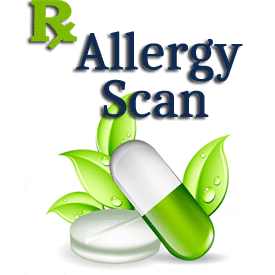🩺 Emergency Department Visits for Food-Related Allergic Reactions
Every year in the United States, an estimated 203,000 emergency department (ED) visits are caused by acute allergic reactions to food.
These emergencies can happen anywhere — at home, in restaurants, at school, or even from cross-contact with traces of allergens.
Why the Numbers Are Rising
Food allergy awareness has increased dramatically in recent years, but so has the number of reactions.
The rise may reflect:
- More accurate reporting and diagnosis.
- Greater exposure to processed foods and cross-contamination.
- Changing patterns in immune response and gut health.
Common Triggers in the ER
The most frequent food allergens responsible for emergency visits include:
- Peanuts and tree nuts
- Shellfish and fish
- Milk and eggs
- Wheat and soy
Even trace amounts can cause life-threatening anaphylaxis in sensitive individuals.
What Happens in the ER
In most cases, emergency clinicians treat severe allergic reactions with:
- Epinephrine (adrenaline) — the first-line, life-saving treatment.
- Antihistamines and corticosteroids to reduce inflammation.
- Observation to monitor for delayed or biphasic reactions.
Anyone who experiences a severe reaction should always follow up with an allergist to identify the trigger and receive a personalized action plan.
Stay Ahead of Allergies
Understanding your allergens — and learning to detect them early — can help prevent ER visits altogether.
At RxAllergyScan.com, we’re building tools to help users scan medication ingredients and identify hidden allergens before they cause harm.
Meta Description:
